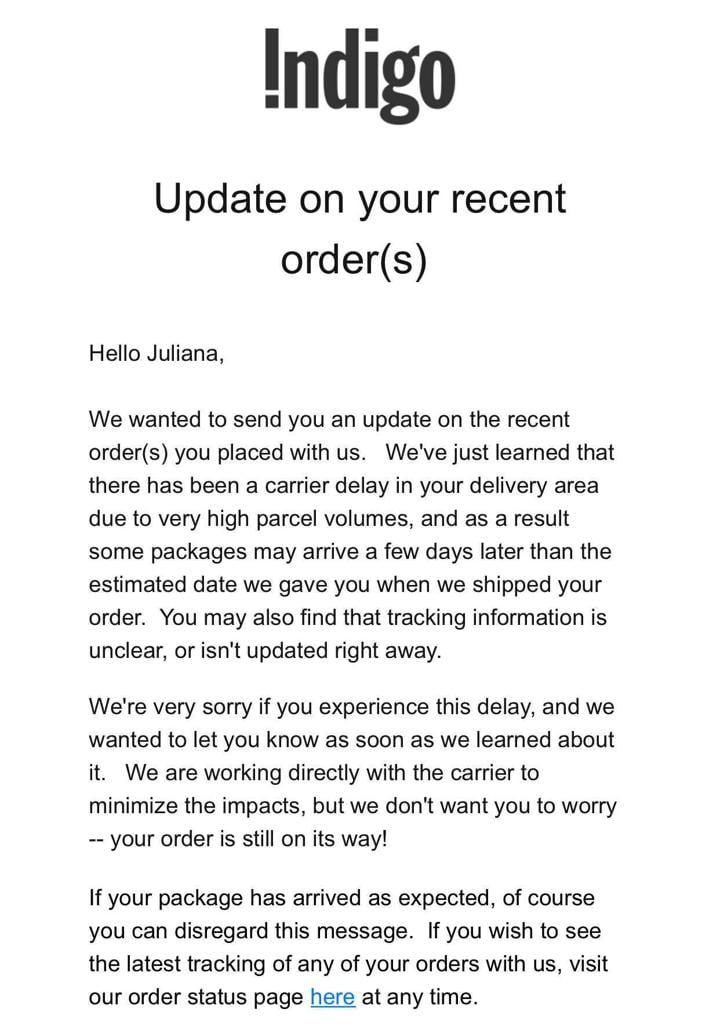What Does Amazon Do With Returns In 2022? (Full Guide)

Logo since 2000
|
|
 |
|
| Amazon | |
| Formerly | Cadabra, Inc. (1994–1995) |
| Type |
Public |
|
|
|
ISIN |
US0231351067 |
| Industry | |
| Founded |
July 5, 1994 ( 1994-07-05 ) Bellevue, Washington , U.S. |
| Founder |
Jeff Bezos |
| Headquarters |
,
U.S.
|
|
Area served
|
Worldwide |
|
Key people
|
|
| Products | |
| Services | |
| Revenue |
US$ 469.822 billion (2021) [1] [2] |
|
US$24.879 billion (2021) [1] |
|
|
US$33.364 billion (2021) [1] |
|
|
Total assets |
US$420.549 billion (2021) [1] |
|
Total equity |
US$138.245 billion (2021) [1] |
| Owner |
Jeff Bezos (14.0% voting power, 10.6% economic interest) [3] |
|
Number of employees
|
1,608,000 (Dec. 2021) [1] U.S.: 950,000 (Jun. 2021) [4] |
|
Subsidiaries |
List
|
| Website |
amazon.com |
|
Footnotes / references [5] [6] |
|
Amazon is one the largest names in electronic commerce, selling millions of household products customers can buy with just a few clicks.

Amazon’s 2021 Returns Policy: What is it doing?
Amazon handles returns and then sells them to liquidation stores or Amazon Warehouse. Some returns might be returned to Amazon. However, most are placed on pallets and shipped in bulk to Liquidation.com and Direct Liquidation.
You can read on to find out more information about Amazon and its return policies.
How does the Amazon return process work?
Amazon ships items worldwide and offers customers the opportunity to return them within 30 business days.
Amazon and most of its third party sellers offer this generous reimbursement policy. Some products, however, may require different policies or return procedures.
Amazon says it could take as long as 25 days for your returned product to reach the fulfillment center. After that, the fulfillment center processes refunds within few days.
After the return item has been received by the fulfillment center, and the refund processed, Amazon employees may place the item in the Amazon Warehouse. This is where gently used items are sold.
It can be liquidated with other products if it isn’t.
Amazon allows you to return what kind of items?
Amazon sells many items that can be returned. However, the buyer must follow the policies.
The vast majority of household products on Amazon are eligible for returns, from clothing to animal supplies, home improvement tools to computer accessories.
You can resell these products on Amazon Warehouse, or through liquidation companies.
Some things like grocery items or downloadable software may not be returned, and it should be stated clearly on the product listing and in your account orders if it’s eligible for returns or not.
Small businesses account for over 50% of units sold online on Amazon, and the e-commerce giant and its retailers benefit from a liquidation plan for returned products.
Often, it’s not worth the time, labor, and costs to ensure a returned product is suitable to be placed directly back on Amazon.
Amazon liquidates returned products through its mass liquidation warehouses.
Consider it as follows: If Amazon were to take the time and process every item returned, verify its quality, pack it, and then relist it on Amazon’s site, that would be a significant resource.
Everyone wins by quickly processing returns and selling returned products on Amazon Warehouse, or to third-party liquidation sites.
Amazon, its million-plus sellers, can retain more money and resources than tying them up with individual returns.
It is possible for customers to rest assured that the returned merchandise will get another chance. But, this cannot guarantee that every product will be resold.

Is it a good deal to return products on Amazon Warehouse?
Amazon is home to more than 100 U.S. fulfillment centers, which means that it has plenty of space in its warehouses for gently used goods, as well as those purchased from customers.
Many of these items feature on Amazon Warehouse, a section of the retailer’s online platform where people can browse open-box items and take advantage of discounted deals.
Amazon Warehouse checks the condition of every item before selling it. Customers can expect the same high quality and service that they receive with regular Amazon purchases.
After receiving returned merchandise and declaring them available for purchase on Amazon Warehouse or as liquidation stock, Amazon employees take warehouse items from customers and give detailed descriptions.
Amazon Warehouse includes a condition description with every previously used product.
Products with a similar label, if you are looking to recycle items that someone has already returned or used very little, would be the best.
Amazon Warehouse Goods in Perfect Working Condition with only minor wear to packaging.
Returns with minor cosmetic defects are often listed as very good. This gives shoppers an idea of the product they’re buying.
See our other guides for more details on Amazon Woot, Amazon Basics, and the meaning of sponsored.
An item returned to Amazon is unlikely to be resold to consumers directly unless it is in exceptional condition or high demand. Most items returned end up in Amazon Warehouse and other liquidation websites.
Amazon’s vast presence and million of transactions makes it economically feasible for companies to return items. This will also allow them to make space in their warehouse. Next time you return an item on Amazon, expect it to be liquidated and resold at a competitive price.
.What Does Amazon Do With Returns In 2022? (Full Guide)










